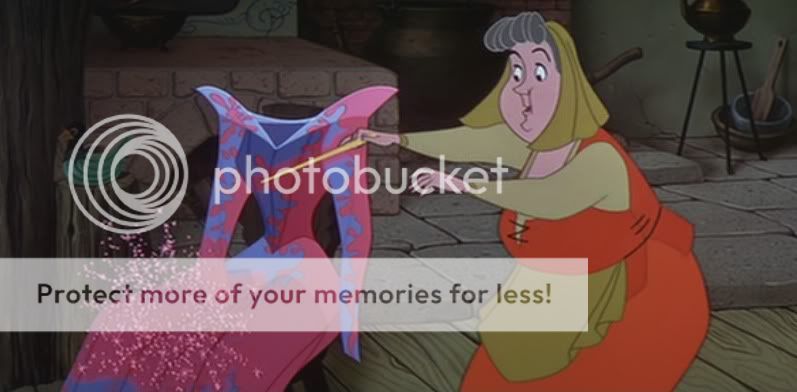- Joined
- Feb 8, 1999
- Messages
- 18,422
- Real Name
- Robert Harris
EddieLarkin said:Alright, let me try. THIS is how traditional animation should look on Blu-ray:*
http://www.blu-ray.com/movies/Nausicaa-of-the-Valley-of-the-Wind-Blu-ray/10049/#Screenshots
*yes the caps are representative of the BD
As for 3 strip Technicolor, I think Warner's Looney Tunes Platinum sets turned out wonderfully (where applicable).
Not trying to be perverse, but I believe WB was also SE and not 3-strip. Different technologies, different problems, similar final resultsEddieLarkin said:Alright, let me try. THIS is how traditional animation should look on Blu-ray:*
http://www.blu-ray.com/movies/Nausicaa-of-the-Valley-of-the-Wind-Blu-ray/10049/#Screenshots
*yes the caps are representative of the BD
As for 3 strip Technicolor, I think Warner's Looney Tunes Platinum sets turned out wonderfully (where applicable).

 Just imagine changing color filters on the lens 72 times a second!
Just imagine changing color filters on the lens 72 times a second!









